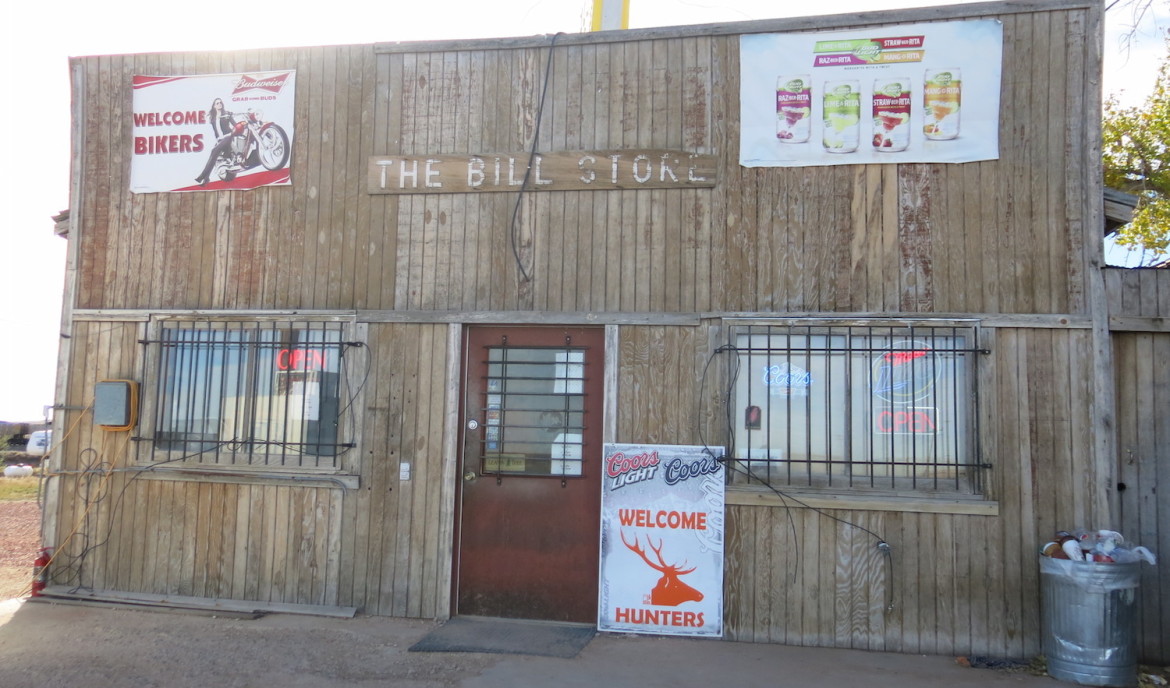alaska
From ‘Fiscal Apocalypse’ To ‘Meh’ : Oil States Respond To Price Slide
|
Budgets of oil states are going to be hard hit by the recent slide in oil prices. Measured in dollars, Texas is the clear loser, but in terms of actual on-the-ground impacts, it’s not quite so simple. In the country’s number two oil producing state, North Dakota, falling prices have barely caused a ripple, while in Alaska (ranked fourth), lawmakers are calling it a “fiscal apocalypse.”














